Presents over 100 sets of questions, or different lenses, for viewing a game’s design. Written by one of the world’s top game designers, this book describes the deepest and most fundamental principles of game design, demonstrating how tactics used in board, card, and athletic games also work in video games. It provides practical instruction on creating world-class games that will be played again and again. New to this edition: many great examples from new VR and AR platforms as well as examples from modern games such as Uncharted 4 and The Last of Us, Free to Play games, hybrid games, transformational games, and more.
Back to top


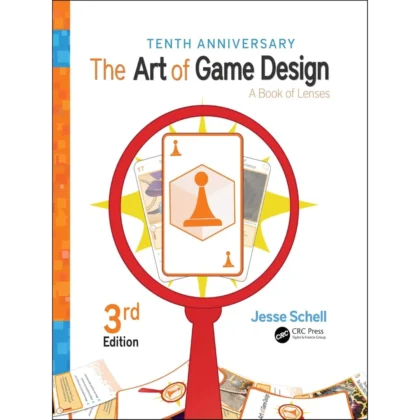




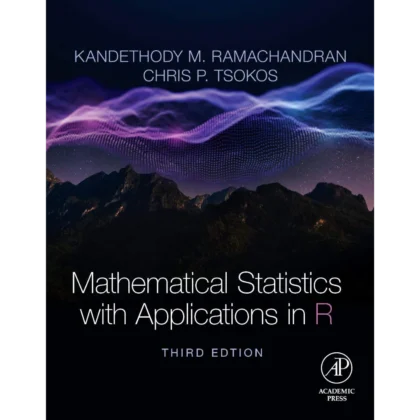
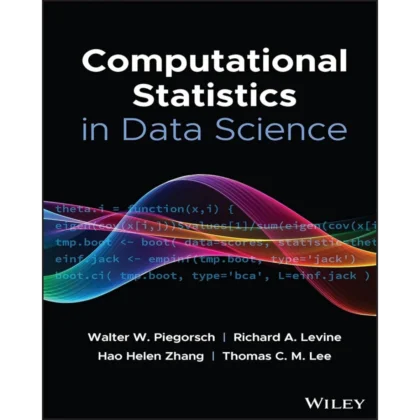
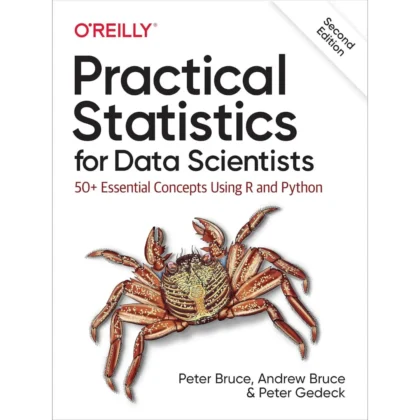
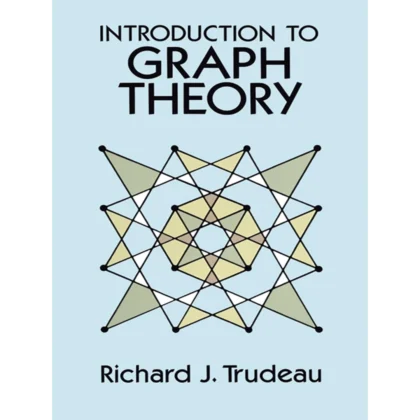

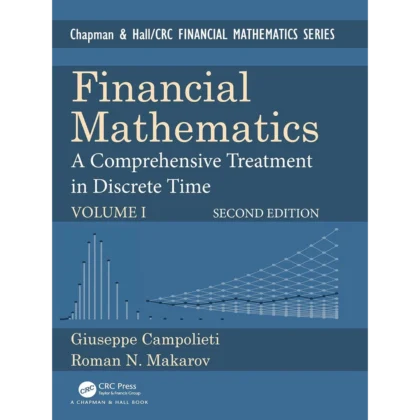
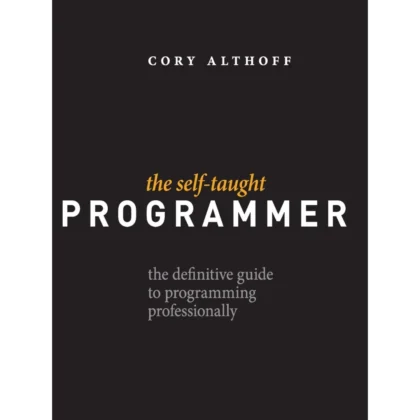











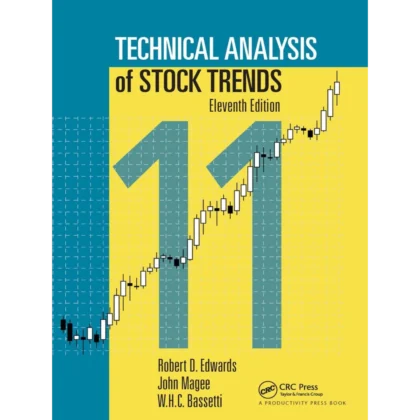

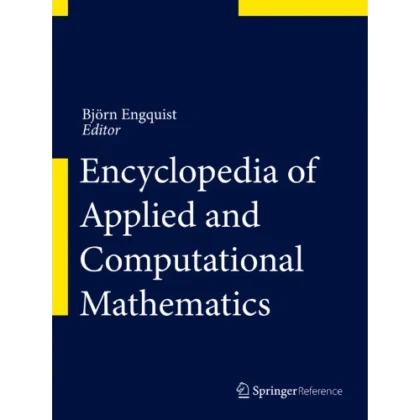
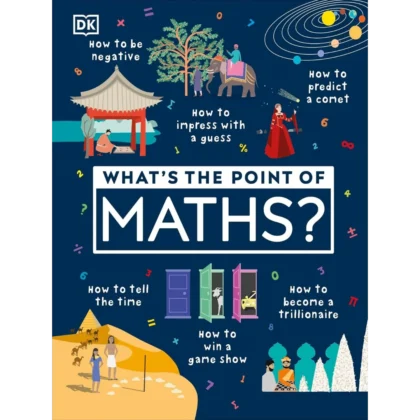
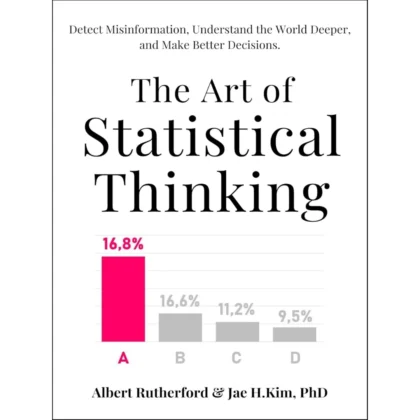
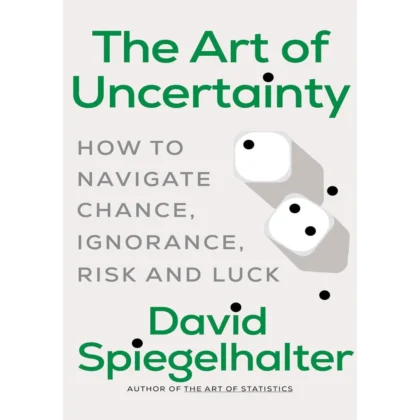
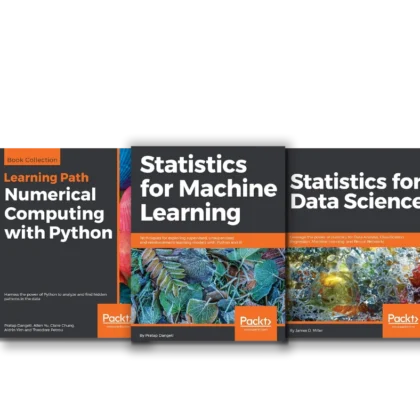

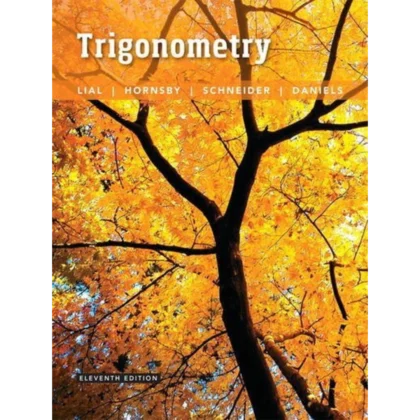





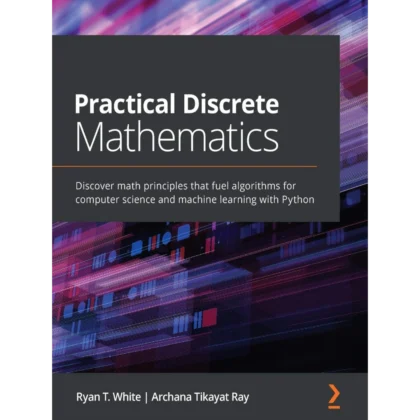
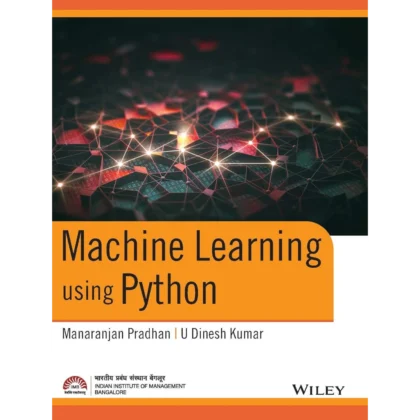
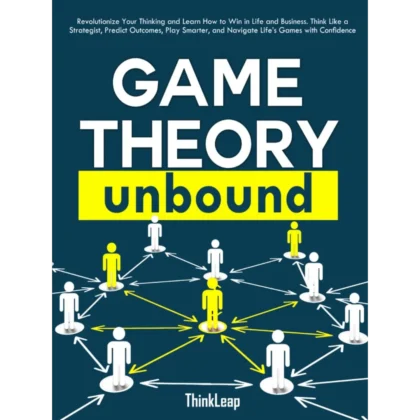
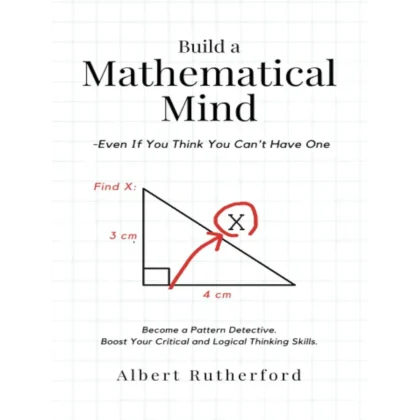


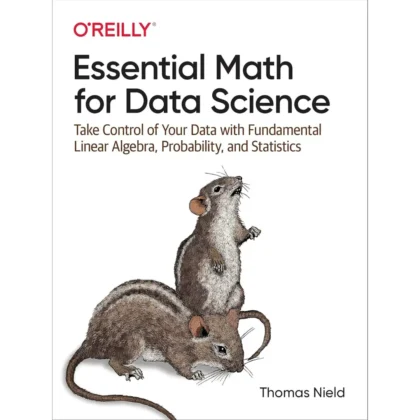

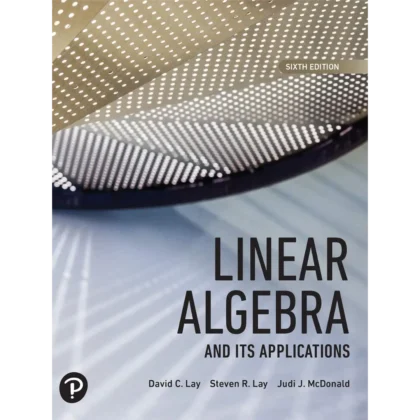
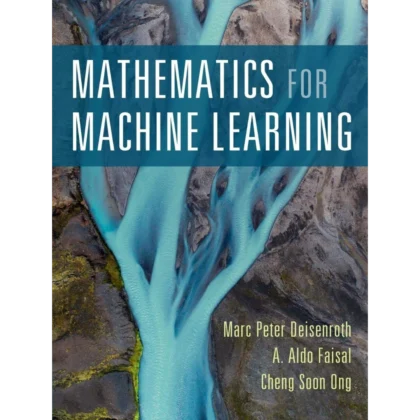
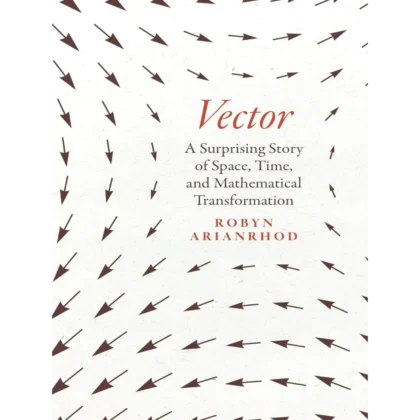
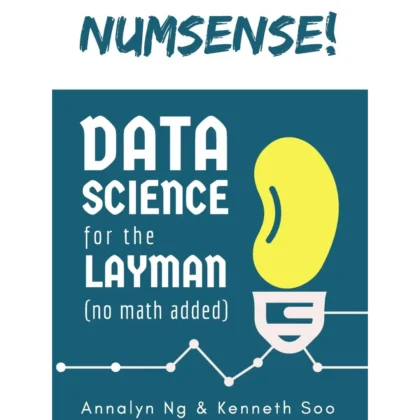
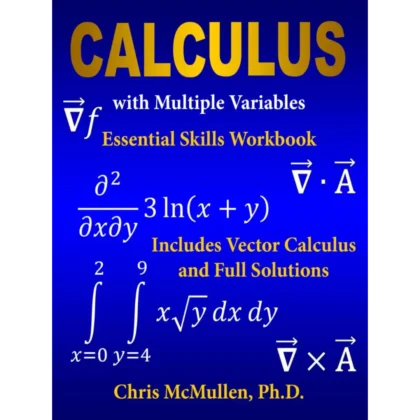
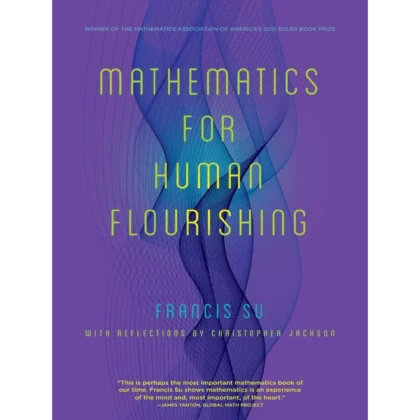
Trebonius Octavianus –
Socrates, was the master of critical thinking for his time. Socrates questioned all right up until his death; he was sentenced to death for not wavering on his critical stance towards the state of Athens. Sadly, in 469 BCE he was forced to take hemlock but his legacy carried on with his students. Socrates was the teacher of many great men that included Alcibiades, who was a very famous general of ancient Athens. His exploits were notorious, and I recommend any and all to read up on this great man. Albeit, Plato was Socrates most famous student, and Aristotle was Plato’s student, and Alexander the Great was Aristotle’s students. Plato, Aristotle, and Alexander the Great, are by far three of the most studied men in all western history. The Socratic method is a proven methodology, and the Author of The Art of Game Design has employed it with great effectiveness. All is good within the pages. The format, writing, and flow make this an easy to read book. Well worth the money, I approve this book to all who what to improve their own critical thinking. 4.5 Stars!
Bruce R. Maxim –
great book – use it in my game design 2 class
Johnny bell –
If your’e new to game devoloment, this book is an awsome guide. It’s like, having an instructor on tap. Or a friend helping with home work. An awsome resourse at your side while learning UE4.
CS Lewis –
This book is great. There are so many “lenses” that help you question your game in ways that you never thought of before. This is not a book where you read it front to back, nor is it a book to pick up and read when you aren’t actively working on a game. Every criticism for this book seems to be from people who are trying to read it from front to back and seem to not be working on game, but trying to absorb as much information as possible before they start making a game (spoiler alert – that isn’t how you improve yourself as a game designer).
It’s like an 18 year old listening to an old man’s advice. 99% of the information will fly past him and he will go out and still make all the mistakes. Reading this book won’t do much for you if you haven’t already tried to design a small game and gotten feedback on it.
I do agree that the author is really verbose and it seems like he just wrote everything that came to his mind on every lens. I think that’s a good thing though, because if you are meditating on a lens’s questions for a week or so, it’s nice having a few pages of information to accompany the lens to give you a little extra insight. Like I mentioned above, the verbosity of this book is only a problem for people not using this as a reference book, but trying to read it from front to back, thinking that absorbing massive amounts of game design information will suddenly make them a good game designer. Designing games is all about experience and you won’t get far just with knowledge.
Overall, a great book to take out every now and then, selecting a lens or two, and thinking on it for a while to gain some insight on how to improve your game.
John –
This book uses a good quality paper where you can use a highlighter on and it won’t bleed through. The layout and typography is nicely done for easy reading. The content of the text in some parts could be edited down a little, I think the author can be a little verbose at times. It is a book I would recommend to any serious game developer, even if you only seriously do it on the side. You will get ideas from it and it will help you think through the myriad of issues a game developer is up against.
Lucas Pelletier –
crazy wisdom in there – must read !
Stella –
For future gave devs and designers, firstly, hey, second. I love the writing style of this book, it’s easy to ingest, funny, and enjoyable to read
Brian Sawyer –
needed as college textbook, well written
concepcion lopez calvo –
Fue para regalar
Lucia P –
Book came with bent front cover and a few pages after, as well as damage on the back cover.
Taestin –
Just get it. It’s so good.
Sharon –
Thank You! Love it…What a time saver and a great help…I was poised and ready for this!
System, Test and Evaluation with Contingency Planning all wrapped up in one!
Stella Domínguez –
Es muy completo y detallado, de muy buena calidad. Me he demorado leyendolo pero en realidad se aprende mucho.
Marco Antonio Pangoni Balbino Santos –
It explains the fundamental principles of games and allows you to understand it’s structure and how to manipulate them to create good games. I switched from a perspective of copying games elements/mechanics to thinking about elements/mechanics and realizing it looks like other games.
Go in peace, this book is worth the investment of time and money
tariq –
This is the clearest breakdown of game development and design that I have come across in 21 years of life
I highly reccomend it for any aspiring game designer, as well as those deeply interested in game development
Just another fan. –
This is a great book for anyone involved in designing games of any kind, especially to educate. It was a textbook for my master’s degree if that says anything about how full of great information it is. The book is also available as a deck of cards format containing the same information as the book in a gamified format. You can also download a digital version of this as a free app, for those interested in learning on a budget. I really enjoyed this book (as well as the app version) and found it to be inspiring for game design as well as other creative endeavors!
Yuzhi Xiao –
it’s a really detailed and interesting book, it is teaching the concepts/knowledge we need for a good game design
Anon y. mous –
This is not just the best book of game design I’ve ever read, it’s one of the best how-to books. There’s so much helpful advice here that bleeds into the fields of writing and design more generally. The author lays out the main concepts, then shares other experts’ thoughts on it along with his own insider knowledge, and finally advice on how to go about implementing it in real world design. I can’t say enough good things about this book. This is the gold standard for instructional books.
nil –
Sembra sia un libro apprezzatissimo nel ambito gamedev. Siccome l’avevo regalato, l’ho solo sfogliato ma il contenuto sembra incitante e la persona che lo ha ricevuto e` rimasta contente.
Justin Tyme –
The book is very helpful in a different way to approach game design. This book includes game design for video games but can also be helpful when designing a tabletop/boardgame. The previous edition included a companion accessory, A Deck of Lenses. This edition does not provide this useful tool.
Sara m –
Excelente
Eric Elzy –
The cover came bent.
Julian –
This is an extremely profound book on game design, Jesse explains the process from the inside out, leading you to the core of what a game is, and leading you from the heart of the labyrinth outwards. This may not be the easiest “step-by-step”, nor the most comprehensive research-based, but if you’re designing a game, this is the book you want. I’ve actually had dreams about parts of this book, and its content has helped me tremendously in the design process. Honestly, even if I wasn’t interested in the game design process, this would be an entertaining book to read to learn about myself, humanity, and/or every one of the myriad things that goes into game design, making it somewhat unique among textbooks as the only one I would ever read for fun. So far.